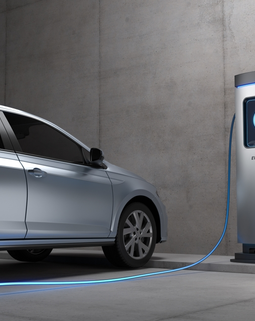The automotive landscape is changing as battery-powered vehicles dominate the market. Despite challenges such as the COVID-19 pandemic and supply chain disruptions, the Electric Vehicles (EV) market has experienced significant growth. This review delves into the global trajectory of EVs, highlighting the remarkable rise in sales, regional disparities, and factors influencing the electric revolution.
The Unstoppable Rise of Electric Vehicles
In the face of supply chain bottlenecks and rising production costs due to increased raw material prices, EVs defy the odds. Even amidst the challenges posed by the pandemic, the EV market's growth signals a transformative shift in consumer preferences. With sales doubling in 2021 compared to 2020, the global passenger car market witnessed a surge, with EVs constituting approximately 5% of total sales.
China's Dominance in the EV Market
China emerged as a powerhouse in the electric revolution, outpacing the rest of the world in EV sales by a considerable margin. In 2021, China claimed the top spot in global sales, surpassing the combined sales of the rest and leaving Germany trailing nearly five times.
The exponential growth in the Chinese market can be attributed to government EV subsidies, an expanding range of mini-electric vehicles, and the introducing more affordable brands.
Europe's Strides Towards Electrification
Europe exhibits a commendable increase in EV sales, marking a 66% growth between 2020 and 2021. Notably, the plug-in hybrid segment in Europe holds the largest share of all EV sales globally.
The availability of diverse EV models, market expansion, and government incentives propels this surge. As European countries within the EU adopt stringent CO2 emission standards and pursue zero-emissions vehicle mandates, the continent is poised to sustain this upward trend.
Global Disparities: A Tale of Two Worlds
While China, Europe, and the U.S. collectively account for 95% of global EV sales, the rest grapples with catching up. Emerging markets face obstacles such as newly introduced or non-existent government subsidies, insufficient public charging infrastructure, and the premium prices of electric vehicles.
As the race to full electrification intensifies, bridging this global gap becomes imperative for a comprehensive shift towards sustainable mobility.
Conclusion
The global surge in Electric Vehicles reflects a monumental shift in the automotive paradigm. Despite challenges, EVs are rapidly gaining ground, with China leading the charge and Europe making significant strides. However, the regional disparities underscore the need for concerted efforts to overcome barriers and ensure a more inclusive adoption of electric mobility worldwide.





